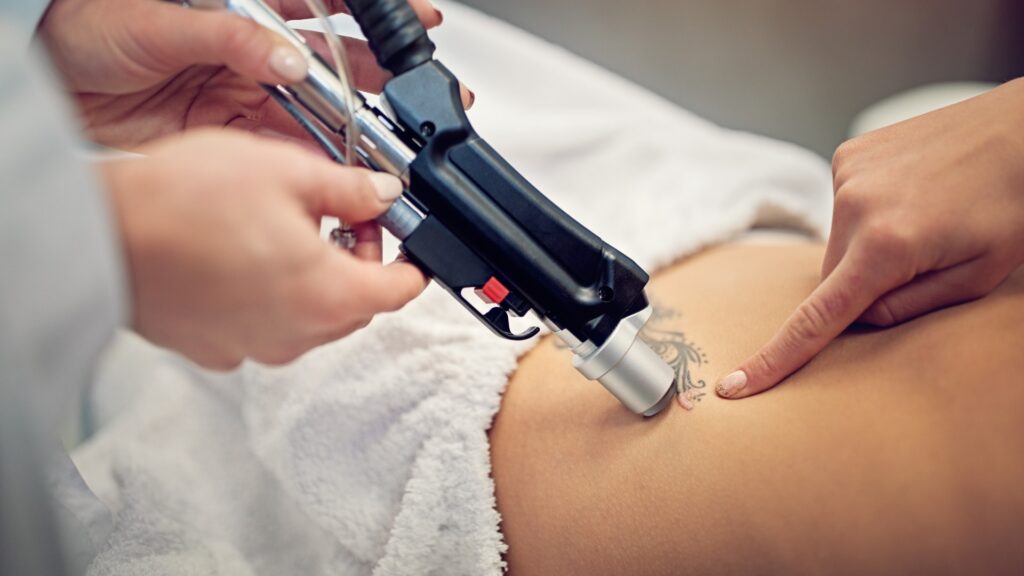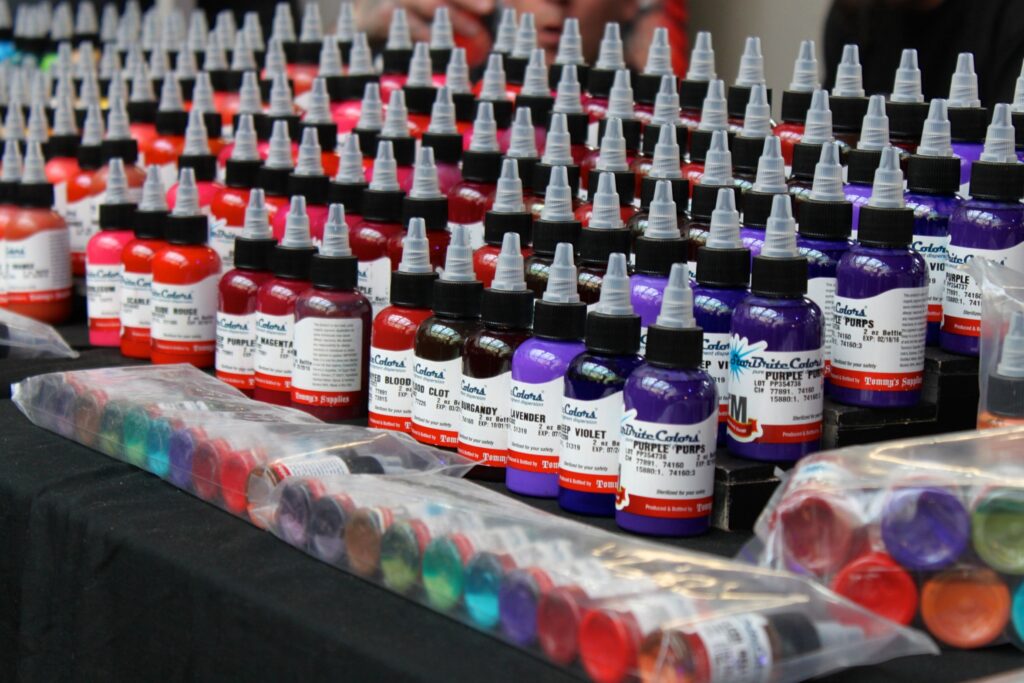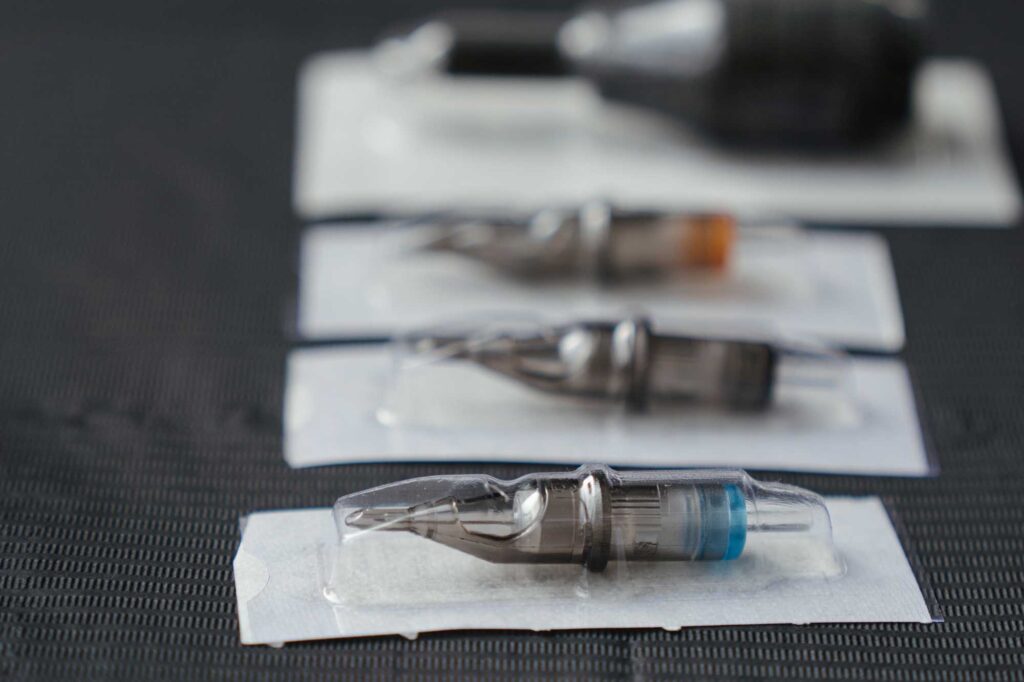Tattoo myths have been around for thousands of years. Tattoos first gained popularity in the 1970s, over 50 years ago. As people became more and more desirable with this idea of getting tatted, it became apparent that criminals and military men weren’t the only people ‘allowed’ to have tattoos.
Today, most of us agree that tattoos are a form of art for personal expression, belonging, and symbolic thought. Given the increase of individuals getting tattoos today, it is inevitable for false information to spread and for those against it to discourage you from getting one. So in this article, we will discuss the top 10 most believed tattoo myths (and debunking them, too)!
Top 10 Most Believed Tattoo Myths
- Tattoos are permanent.
This tattoo myth is simply untrue. In today’s futuristic world, tattoo removals are accessible and available to all. Nowadays, there are many options for tattoo removal, from dermabrasion, laser technology, surgical procedures, removal cream, etc.

- All tattoos are extremely painful.
No, not all tattoos are extremely painful. Obviously, there is some degree of pain involved with getting a tattoo, but many seem to exaggerate it. Depending on the body part and the individual’s pain tolerance, the degree of pain will vary, but it is not comparable to childbirth.
- Coloured ink hurts more than black ink.
Colour tattoos are believed to be more painful than black or grey, but this tattoo myth is false. Coloured tattoos require more ink, a thicker layer, and multiple passes with the tattoo gun to achieve the same noticeable result as one would with black or grey ink. People might feel more pain when getting a colour tattoo because of the process, not the ink itself.

- Tattoos lead to health problems, particularly skin cancer.
Tattoos and their relation to skin cancer have no hard evidence to prove this tattoo myth true. Research suggests that depending on someones previously standing health condition (e.g. allergies to dye), tattoos may be a risk to one’s overall health. However, it is rare for a healthy individual to get any health issues or skin cancer from tattoos. We recommend you check with medical professionals before getting your first tattoo.
More importantly, when tattoo shops and professional artists comply with the strict safety precautions put in place, it is unlikely for a tattoo to cause a health problem. Caring for your new tattoo is just as important, too!
- Older tattoos will fade green or blue.
This myth can be true, but generally speaking, tattoos do not fade green or blue as people believe. Ink has improved greatly over the last few decades, so tattoos done in the last 30 years are unlikely to change colour. However, depending on the tatted body part, fading may be unavoidable over time. This is partially due to exposed sunlight or improper aftercare.
- Tattoos are only appropriate for certain people.
Tattoos have been stereotyped to specific demographic groups since the beginning, but tattoos are for anyone with a desire or interest. And with tattoos gaining popularity in the last few years, more people have become accepting of this idea. Remember, tattoos are a way of showing off one’s personality, life story, and uniqueness.
- Drinking alcohol or taking painkillers before getting a tattoo can help reduce the pain.
Not only is this tattoo myth false, but it can also be dangerous to one’s health. Painkillers and alcohol are a form of blood thinner, which implies those taking them could experience excessive bleeding during the tattoo process. This tattoo myth is unsafe and our bodies are intelligent at controlling restricted blood loss (when painkillers aren’t involved, of course).
Click here to learn more ways you can safely reduce the pain when getting a tattoo.

- A tattooer must have tattoos to create and give tattoos.
Tattooless tattooers exist, but that doesn’t mean they aren’t masters at their craft. Although most artists have tattoos, those without are in this line of work because of their devotion to the art and ink. Tattooless artists face stigma and criticism on this debate regularly, so it is important to be gentle. There are many reasons why a tattooer may not have tattoos, don’t be so quick to discredit someone.
- HIV from tattoo needles.
HIV and its correlation to tattoo needles are very low. There have been negligible reported cases of HIV through getting a tattoo. Sharing tattoo equipment without proper sterilization or single-use equipment can put anyone at high risk for HIV, but this is extremely unlikely to happen at established tattoo studios. When tattoo studios follow the regulated health and safety protocols, tattoo needles are not a potential risk for contracting HIV.

- Chlorine fades tattoos.
Following aftercare accordingly, chlorine will not cause tattoos to fade. Once tattoos are healed (around a month), ink is deposited in the lower level of the skin, where water can not penetrate it. Chlorine can only fade or change a tattoo if it hasn’t been 100% healed. Once your tattoo is completely healed, jumping in the pool is not a worry.
Conclusion
Like with most things, stories are told and often lead to misinformation spread as the truth. We hope that this article helps to bring light into some of these tattoo myths talked about today, so you can feel confident when deciding to book your next tattoo appointment.













